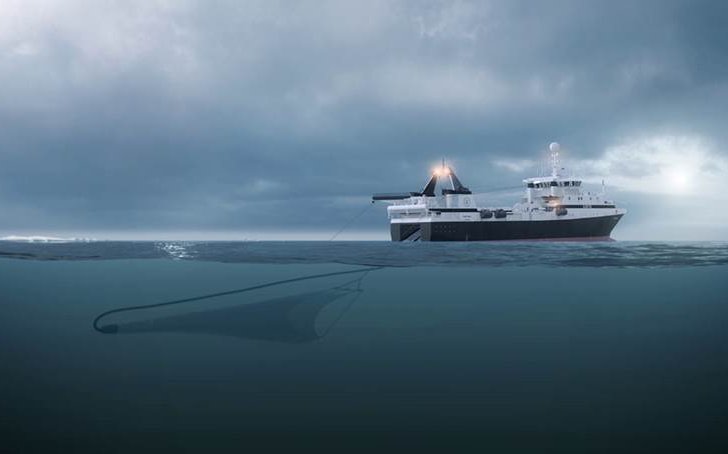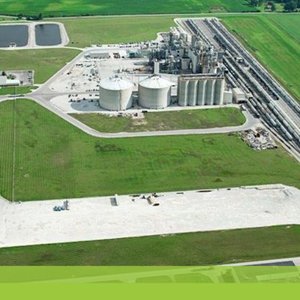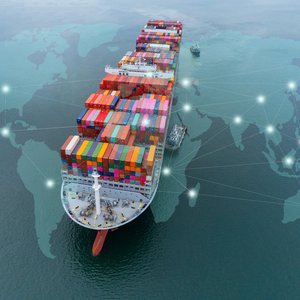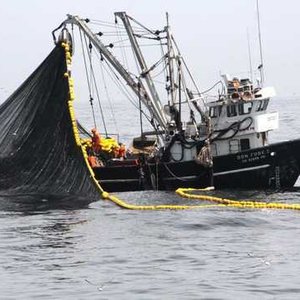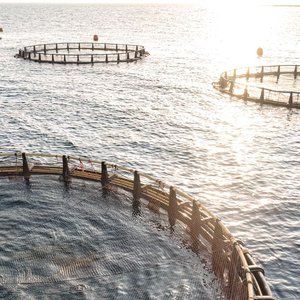A new science paper, published in Fisheries Management and Ecology, concludes that the Antarctic krill fishery is the cleanest fishery in the world in terms of its extremely low bycatch rate. Observers collected registered bycatch data from the Antarctic krill fishery in the Southern Ocean during the 2010-2020 fishing seasons. They found that the total catch of Antarctic krill increased from 200,000 tons to 450,000 tons, with the greatest increase over the past three years. Following an international method used to analyze such data, the observers found that the bycatch ratio (0.1-0.3%) was stable and well below other fishery bycatch levels.
“Overfishing is a big problem across the world’s fisheries,” said Pål Einar Skogrand, VP Policy and Impact, Aker BioMarine. “However, this new data is very positive and demonstrates how krill fisheries can operate sustainably by ensuring a healthy population as well as non-target species in its fishing area. The krill fishery’s low exploitation rate of the biomass, in conjunction with these new findings on the low bycatch, proves that the krill fishery operates well within ecosystem boundaries and is becoming a real model fishery on a global level.”
The regulatory body of the Antarctic fishery, the Commission for the Conservation of Antarctic Marine Living Resources (CCAMLR), ensures a healthy krill stock by using a precautionary, ecosystem-based approach designed to prevent krill harvesting that will have a negative impact on a harvested species or other species in the ecosystem. CCAMLR has set a catch quota of less than 1% of the total biomass in the area regulated for fishing which makes it one of the most precautionary in the world.
Eco Harvesting is Aker BioMarine’s patented technology for continuous trawling. This technology ensures efficient and safe harvesting as the trawl is kept submerged underwater for long periods at a time, compared to traditional trawling, where you haul up to ten times a day. When it comes to fisheries, hauling is regarded as high risk, specifically when the trawl is exposed and can lead to a bycatch of non-target species and entanglement of birds. Eco Harvesting minimizes this risk with lesser hauls. The system is also fitted with a mammal exclusion device and monitored by acoustic sensors ensuring mammals do not enter the trawl.
“At Aker BioMarine, our Eco-Harvesting technology helps us harvest krill in a sustainable and environmentally friendly way,” said Frank Grebstad, SVP Vessel Operations, Aker BioMarine. “The mammal exclusion device within our Eco-harvesting technology has most definitely played a role in the low bycatch numbers as it helps reduce the risk of by-catch. Our operating model on the fishing ground allows us to fish the high-density krill aggregations, this is key to our strong bycatch record. If we were to chase the lower density krill swarms in Antarctica there would certainly be more bycatch of other species in the mix and the krill fishery would not be such a clean fishery.”


